Trees
All Trees Content
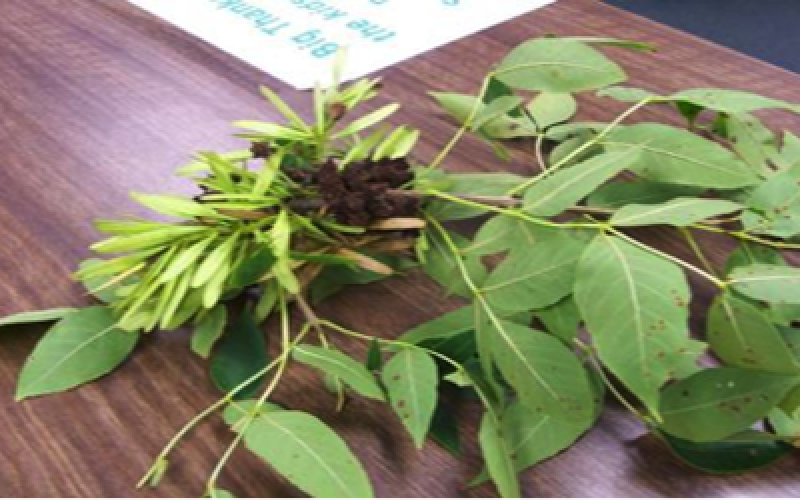
Ash Tree Issues
Ash flower galls are appearing on the twigs of ash throughout the state. The brown to black “balls” hang in clusters beneath the branch shoots. The galls are due to the feeding activity of the ash flower gall mite (Eriophyes fraxiniflora) and this mite only feeds on the male flowers of ash.
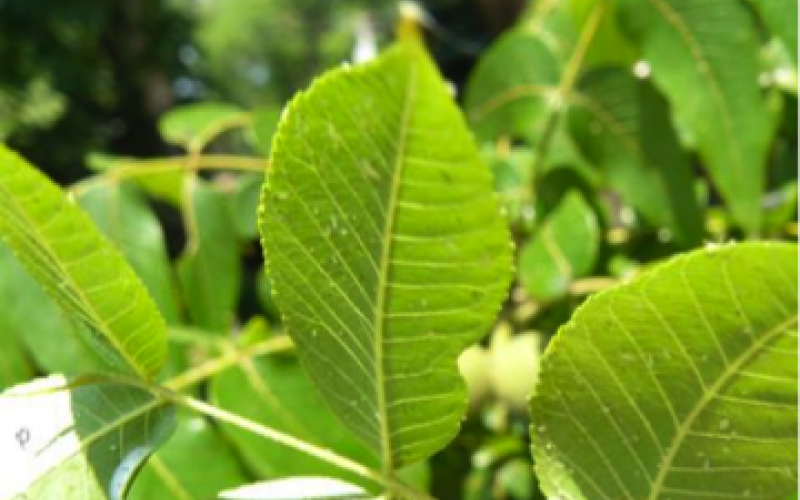
Aphids On Trees
Aphids are appearing on many trees at this time of year and their activity is generally noticed by the abundance of honeydew they excrete on the lower leaves and any plants or objects beneath the tree.
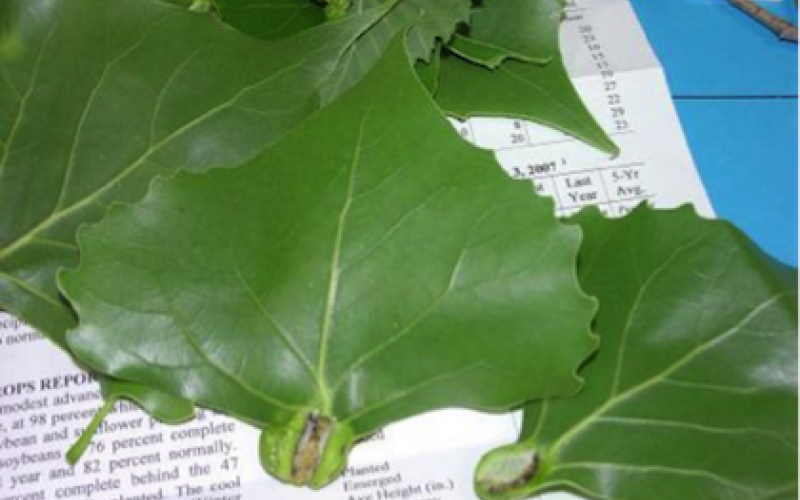
Cottonwood Galls
Just about every year I receive samples of fallen cottonwood leaves with a “bump” at the base and the first one for this year was from Winner. This is the cottonwood petiole gall formed by the feed activity of a very small green aphid.
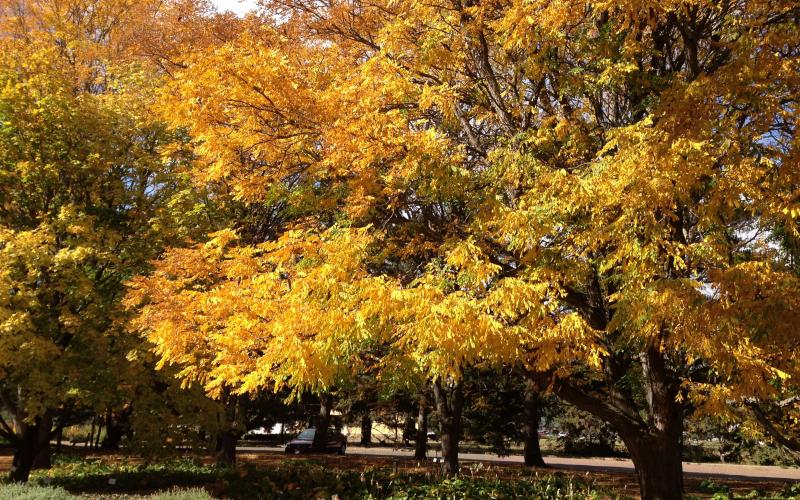
Kentucky Coffeetree
Kentucky Coffeetree (Gymnocladus dioicus) is a medium-sized tree that will fit into many landscapes and provide interest all year with its bark, leaves, flowers, fruit and even great fall color, if weather conditions are right.
What to Do About Ice Covered Trees?
We are experiencing periods of freezing rain across the state. This weather has left many trees covered with a 1/8 to 1/2 inch glaze of ice. The ice weight is resulting in bent and broken branches. Here are a few do’s and don’ts for dealing with ice on trees.
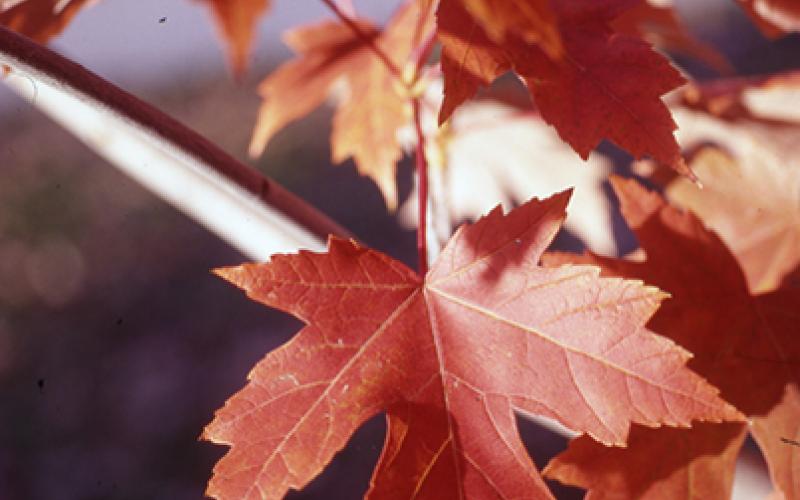
Autumn Blaze Maple
Autumn Blaze maple (Acer x freemanii ‘Jeffersred’) is probably the most popular of the Freeman cultivars. It forms a dense oval habit with ascending branches. Autumn Blaze has a rapid growth rate, is tolerant of droughty soils, hardy and it is able to grow on alkaline soils better than most other Freeman cultivars.
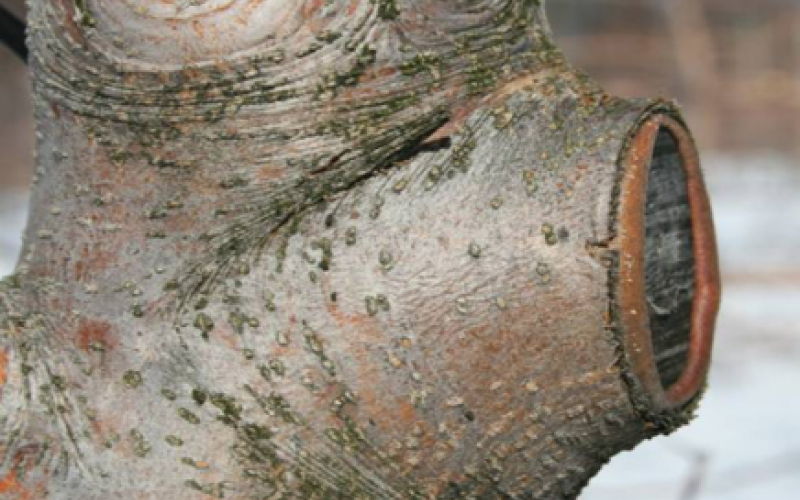
Pruning Fruit Trees
February is a good time to start pruning your fruit crops. Pruning is one of the most important cultural practices in growing apples and other fruit crops. It is important to prune your fruit trees at the right time to avoid the risk of damage to the crop. The ideal time to prune most fruit trees is anytime between February and April.

Living Christmas Tree Alternatives
Living Christmas trees are not a new concept. Often this means buying a potted or balled and burlaped, normally hardy tree, from a local nursery, then bringing it into the home, right before Christmas to enjoy for a week or so before planting it out in the landscape.
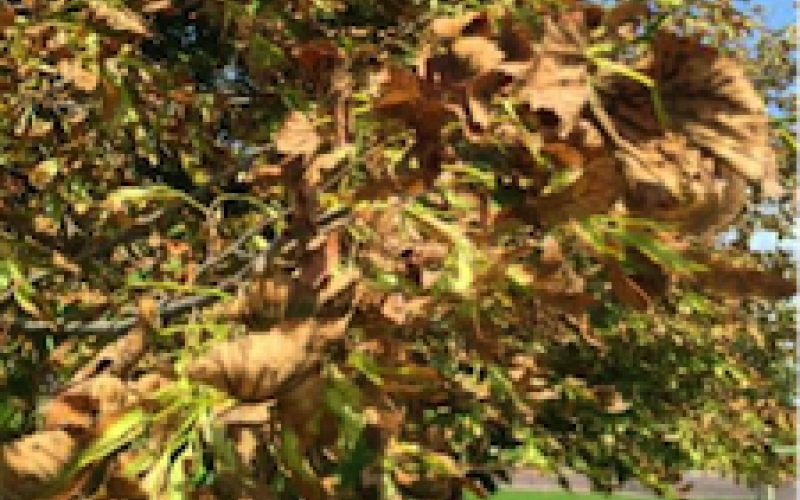
Leaf Blotches On Trees
I am receiving pictures and samples of basswood and linden leaves. This is a common occurrence at this time of year, and there are several possible reasons for the discoloration and premature falling of these leaves.
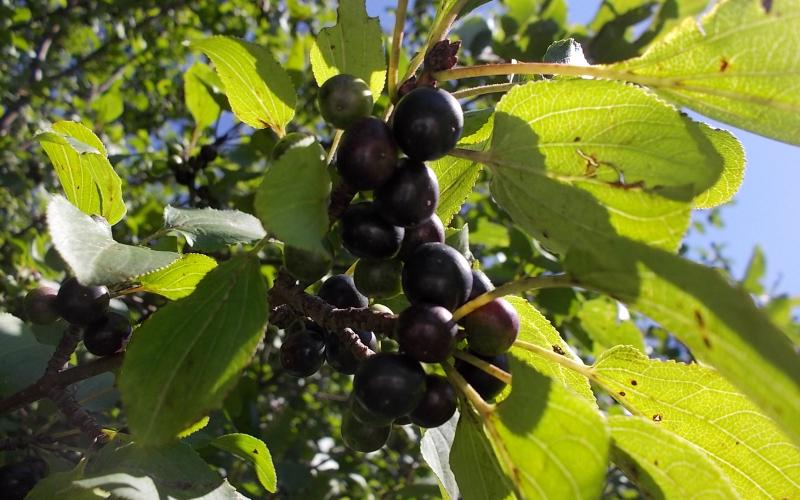
Woody Weeds: Common Buckthorn
When considering weed control in tree plantings, the focus is generally placed on the control of herbaceous vegetation (grasses and forbs), particularly during the establishment phase. This focus is appropriate since control of herbaceous weeds is generally critical to establish a successful planting. As these plantings mature, providing perching sites for birds, another weed problem develops – the establishment of competing woody vegetation. These woody weeds are often left unchecked for many years because they look “natural” in a windbreak or other area of trees.